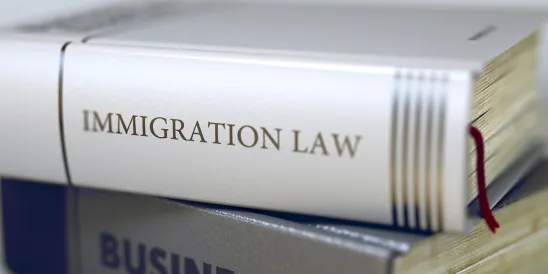In this five-part series, we highlight three important USCIS policy changes and provide eight best practice tips in light of the ever-tightening U.S. immigration environment. This is the second installment in the series. Click to read Part 1.
This post will discuss the first two tips:
1. Make Record-keeping a High Priority
Employers who sponsor foreign nationals for (1) H-1B visas; (2) PERM-based permanent residence applications and (3) STEM OPT Extensions must ensure their records are in order and retain them for the required statutory time-periods.
The H-1B public inspection file (also known as the public access file), must be maintained and updated for at least 3 years, or 1 year beyond the date that the H-1B visa petition expires or is withdrawn, whichever is longer. The files must be maintained at the employer’s principal place of business or at the worksite location where the H-1B worker is employed. Employers are required to update the public inspection files to reflect relevant changes, such as changes in the employee’s actual wage (current salary).
The PERM audit file must be maintained for 5 years beyond the date that the PERM application is filed. It is critical for employers to understand whether they or their immigration legal counsel are going to maintain the PERM audit file on their behalf. The file must contain proof of all the required elements of recruitment underlying the PERM application.
Employers who employ F-1 foreign students who have filed for STEM OPT extensions must (a) be enrolled in E-Verify and (b) sign off on a detailed training plan that is accessible by the Department of Homeland Security (DHS). Employers should maintain a copy of the training plan with proof of their enrollment in E-Verify. Everyone involved with the employment of the F-1 student must understand and abide by the representations that the employer has made about the nature of the supervised training the F-1 student under STEM OPT status will receive.
In addition, I-9 Audits and Investigations are on the Rise: I-9’s must be maintained for at least 3 years, or 1 year beyond the employee’s last date of employment, whichever is longer. Ensure you audit your I-9 records and consult with experienced counsel who have expertise in I-9 compliance to check the I-9’s (even those internally audited). Remember I-9 compliance is required for all US employers, regardless of whether the employer has foreign workers on the payroll or not. I-9’s are not required for independent contractors but employers may not hire an individual on a 1099 basis if they know that the person is not authorized to work in the US.
2. Be Prepared for Site Visits
US Citizenship and Immigration Services (“USCIS”) officers, or their designated agents make unannounced site visits to employers of H-1B and L-1 workers, and to employers of F-1 students working on STEM extensions. It is critical to have a “Site Visit Protocol” in place before a site visit happens. Companies with multiple offices and worksites employing workers in these visa statuses should roll out the site visit protocol to all relevant offices. In particular, it is important to train receptionists, security personnel and others who greet visitors about the protocol and escalation requirements. Receptionists should be instructed to request the visitor’s badge or ID information and not to engage in any substantive dialogue with the immigration officer regarding the employee in question.




 />i
/>i
